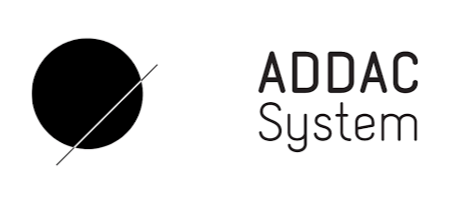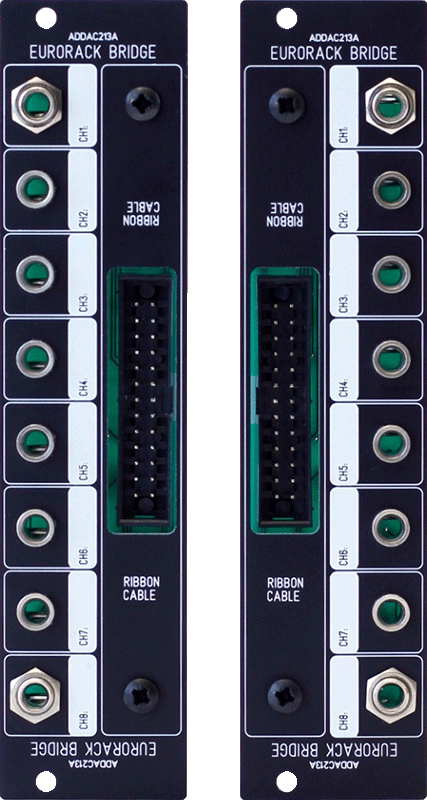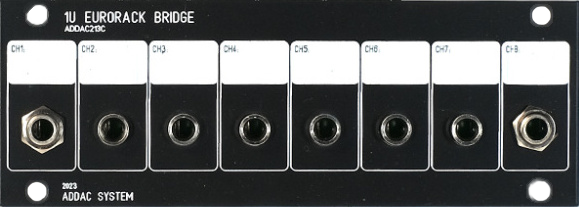
ADDAC develops advanced instruments for sonic expression.
We started back in 2009 with an ambition to explore the potential crossover between analog synthesizers and computers. Because our first creations sparked a lot of attention, we decided to work hard and put them in your hands.
Today our product line is focused on a new breed of hybrid synths, that make use of the best of both the digital and analog worlds. We've grown to be able to reach thousands of enthusiastic clients, friends and collaborators. Always looking into conceptualizing and developing the most exquisite instruments, we hope you're able to join and share this passion with us.
Our solutions can be found in many personal studio throught the world, owned by musicians in several planes of stardom. We especially appreciate seeing them being used in a very wide range of musical genres.
available
available
available
available
only 1 left
available
available
available
available
only 2 left
available
available
available
available
only 2 left
available
available
only 1 left
available
available




















